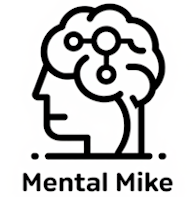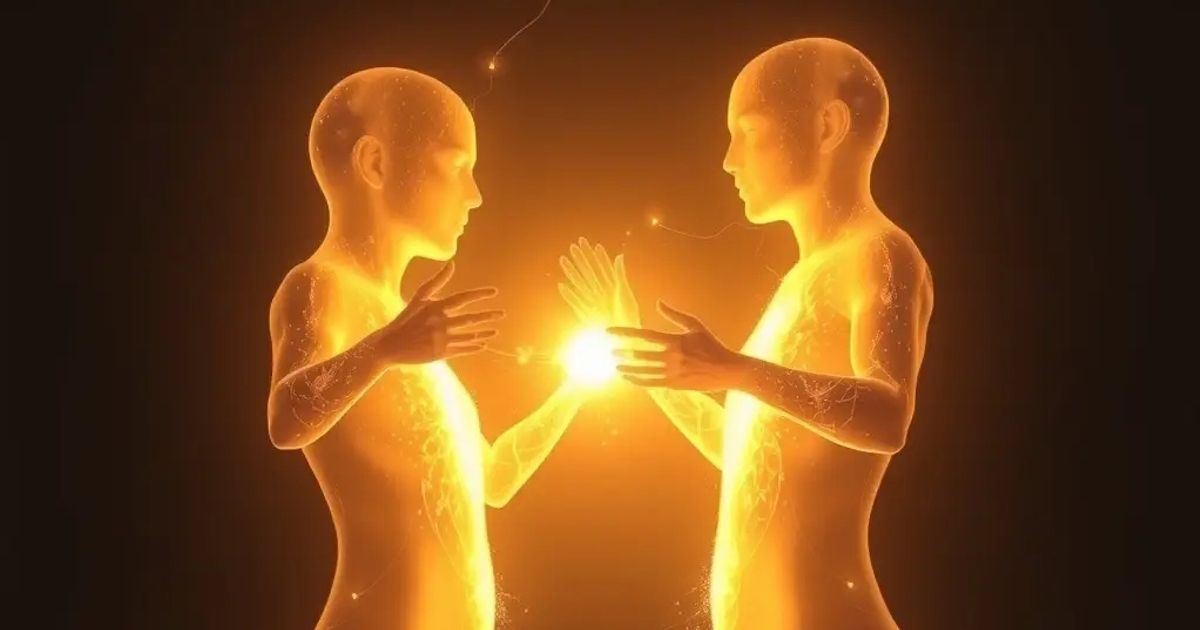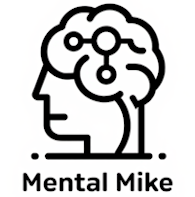Most people think of recovery as a solo journey: one person wrestling with their pain, learning to say no to the bottle or the needle, trying to rebuild their life from the inside out. But those of us who’ve walked that path, and worked in its trenches, know better. Recovery is not isolation. Recovery is relational. And not just psychologically or socially. Relational healing is energetic, rooted in a principle at the heart of both quantum physics and the Unified Flux Model: entanglement.
This article explores how peer support and communal energy operate not just as motivational supports, but as literal forces of quantum influence. In UFM, we teach that healing is amplified when human beings attune to one another with vulnerability, presence, and mutual intention. Peer support isn’t a nice-to-have. It’s a neurobiological necessity and a quantum imperative.
What Is Quantum Entanglement?
In physics, quantum entanglement refers to the phenomenon in which two particles become so deeply linked that the state of one instantly influences the state of the other even across space and time. Once entangled, they cannot be described independently. Their destinies are shared.
Although first discovered in the subatomic realm (Einstein called it “spooky action at a distance”), the implications of entanglement have leapt from particle physics into neuroscience, systems theory, and even psychology. Researchers now speak of interpersonal resonance, relational neurobiology, and field coherence - all describing how human beings are energetically influenced by one another in real time (Siegel, 2012; Schore, 2019). In UFM, we recognize this not just as a metaphor, but as a living field effect. We are, quite literally, entangled beings energetically shaping and being shaped by the fields around us.
Trauma, Addiction, and Energetic Isolation
Addiction often begins in disconnection. Early trauma fractures the field of relationship, teaching the nervous system that people are unsafe, attunement is dangerous, or vulnerability will lead to harm. This withdrawal is more than emotional, it’s energetic fragmentation.
When someone loses trust in others, they lose access to co-regulation - the deeply human process of having one nervous system help stabilize another (Porges, 2011). Over time, this absence of attunement distorts the biofield. The individual becomes energetically dysregulated, emotionally reactive, and increasingly reliant on substances or compulsions for inner balance.
In UFM terms, this creates resonance collapse, a state where the self is no longer in tune with the broader field of life. And without reattunement, no amount of abstinence or insight can restore true healing.
The Bioenergetics of Peer Support
Peer support is not merely “talking to someone who’s been there.” At the quantum and neurobiological level, it is mutual energetic entrainment. Research into social neuroscience shows that when two people engage with empathy, their brains and hearts literally sync. EEG and HRV readings show coordinated patterns of electrical activity. Mirror neurons light up. Emotional states transfer. This is not just “feeling seen,”this is coherent energy transmission (Coan & Sbarra, 2015).
When one person who has stabilized their system, what we call a “coherent conduit” in UFM, enters the field of someone in chaos, they lend their frequency. This isn’t magic. It’s measurable physiology and energetic feedback. And it’s why even one grounded peer in a group can change the entire field.
Entanglement in the Unified Flux Model
In UFM, we describe healthy peer relationships as “conscious entanglements” - deliberate, attuned connections where both individuals engage with mutual respect, shared intention, and energetic transparency. These entanglements have specific properties:
Think of it like tuning forks. When one is struck, others begin to resonate, not because they were touched, but because they were nearby. That’s entanglement. And in recovery, proximity to coherence changes people.
Peer Support Is Neurobiological Medicine
The nervous system is built to heal in relationship. According to Stephen Porges’ polyvagal theory, ventral vagal activation (the state most conducive to safety, trust, and regulation) arises most reliably through social engagement (Porges, 2011). This is why isolated recovery is so fragile. Without resonance, the body cannot feel safe. Without safety, healing cannot occur.
Peer support works because it restores energetic context. It says: “You are not alone. Your pain is welcome here. And my nervous system knows how to stay present while yours recalibrates.” This kind of support is more than comforting. It’s reprogramming.
The Role of Certified Pathfinders and UFM Community
One of the most powerful aspects of the Unified Flux Model is the creation of a resonant peer support field. Our Certified Pathfinders, graduates of the UFM 26-week program and our Facilitator's program, are trained to offer not advice, but presence. Their energy is their offering.
As one graduate put it:
“I don’t fix people. I just hold the frequency I worked so hard to stabilize and people rise into it on their own.”
This is entanglement as therapy. And it’s available to anyone willing to show up with honesty, humility, and coherence.
Can Peer Support Replace Therapy?
Not entirely. Therapy has a crucial role especially for complex trauma, psychiatric concerns, and diagnostic clarity. But many clients benefit most when therapy and peer support work together, creating a multi-level system of emotional, neurological, and energetic attunement. In fact, some of our most successful UFM participants are therapists who’ve integrated quantum-informed peer resonance into their clinical work. Others are clients who say peer connection finally gave them what years of white-knuckle abstinence did not: a sense of belonging to life.
Final Words: You’re Already Entangled
The question isn’t whether you’re entangled. The question is: with whom? What fields are shaping you? Whose energy are you attuning to? Are your peers reinforcing your coherence—or triggering your collapse?
In recovery, who you’re around matters as much as what you’re doing. Because healing happens in fields. And fields are shaped by frequency.
Find people who help you remember who you are beneath the trauma. Stay close to those whose presence helps your nervous system settle. Let your recovery be relational, resonant, and real.
You don’t have to do this alone. In fact, you never could.
This article explores how peer support and communal energy operate not just as motivational supports, but as literal forces of quantum influence. In UFM, we teach that healing is amplified when human beings attune to one another with vulnerability, presence, and mutual intention. Peer support isn’t a nice-to-have. It’s a neurobiological necessity and a quantum imperative.
What Is Quantum Entanglement?
In physics, quantum entanglement refers to the phenomenon in which two particles become so deeply linked that the state of one instantly influences the state of the other even across space and time. Once entangled, they cannot be described independently. Their destinies are shared.
Although first discovered in the subatomic realm (Einstein called it “spooky action at a distance”), the implications of entanglement have leapt from particle physics into neuroscience, systems theory, and even psychology. Researchers now speak of interpersonal resonance, relational neurobiology, and field coherence - all describing how human beings are energetically influenced by one another in real time (Siegel, 2012; Schore, 2019). In UFM, we recognize this not just as a metaphor, but as a living field effect. We are, quite literally, entangled beings energetically shaping and being shaped by the fields around us.
Trauma, Addiction, and Energetic Isolation
Addiction often begins in disconnection. Early trauma fractures the field of relationship, teaching the nervous system that people are unsafe, attunement is dangerous, or vulnerability will lead to harm. This withdrawal is more than emotional, it’s energetic fragmentation.
When someone loses trust in others, they lose access to co-regulation - the deeply human process of having one nervous system help stabilize another (Porges, 2011). Over time, this absence of attunement distorts the biofield. The individual becomes energetically dysregulated, emotionally reactive, and increasingly reliant on substances or compulsions for inner balance.
In UFM terms, this creates resonance collapse, a state where the self is no longer in tune with the broader field of life. And without reattunement, no amount of abstinence or insight can restore true healing.
The Bioenergetics of Peer Support
Peer support is not merely “talking to someone who’s been there.” At the quantum and neurobiological level, it is mutual energetic entrainment. Research into social neuroscience shows that when two people engage with empathy, their brains and hearts literally sync. EEG and HRV readings show coordinated patterns of electrical activity. Mirror neurons light up. Emotional states transfer. This is not just “feeling seen,”this is coherent energy transmission (Coan & Sbarra, 2015).
When one person who has stabilized their system, what we call a “coherent conduit” in UFM, enters the field of someone in chaos, they lend their frequency. This isn’t magic. It’s measurable physiology and energetic feedback. And it’s why even one grounded peer in a group can change the entire field.
Entanglement in the Unified Flux Model
In UFM, we describe healthy peer relationships as “conscious entanglements” - deliberate, attuned connections where both individuals engage with mutual respect, shared intention, and energetic transparency. These entanglements have specific properties:
- Mutuality: No one is “above” the other. Each person brings something to the exchange - vulnerability, insight, witness.
- Energetic Safety: There is no judgment, coercion, or spiritual bypass. The field is safe for truth.
- Mirror Resonance: Each person reflects coherent potential back to the other, reinforcing alignment and growth.
- Field Amplification: The shared field becomes more powerful than either individual alone. This is why group settings often accelerate healing.
Think of it like tuning forks. When one is struck, others begin to resonate, not because they were touched, but because they were nearby. That’s entanglement. And in recovery, proximity to coherence changes people.
Peer Support Is Neurobiological Medicine
The nervous system is built to heal in relationship. According to Stephen Porges’ polyvagal theory, ventral vagal activation (the state most conducive to safety, trust, and regulation) arises most reliably through social engagement (Porges, 2011). This is why isolated recovery is so fragile. Without resonance, the body cannot feel safe. Without safety, healing cannot occur.
Peer support works because it restores energetic context. It says: “You are not alone. Your pain is welcome here. And my nervous system knows how to stay present while yours recalibrates.” This kind of support is more than comforting. It’s reprogramming.
The Role of Certified Pathfinders and UFM Community
One of the most powerful aspects of the Unified Flux Model is the creation of a resonant peer support field. Our Certified Pathfinders, graduates of the UFM 26-week program and our Facilitator's program, are trained to offer not advice, but presence. Their energy is their offering.
As one graduate put it:
“I don’t fix people. I just hold the frequency I worked so hard to stabilize and people rise into it on their own.”
This is entanglement as therapy. And it’s available to anyone willing to show up with honesty, humility, and coherence.
Can Peer Support Replace Therapy?
Not entirely. Therapy has a crucial role especially for complex trauma, psychiatric concerns, and diagnostic clarity. But many clients benefit most when therapy and peer support work together, creating a multi-level system of emotional, neurological, and energetic attunement. In fact, some of our most successful UFM participants are therapists who’ve integrated quantum-informed peer resonance into their clinical work. Others are clients who say peer connection finally gave them what years of white-knuckle abstinence did not: a sense of belonging to life.
Final Words: You’re Already Entangled
The question isn’t whether you’re entangled. The question is: with whom? What fields are shaping you? Whose energy are you attuning to? Are your peers reinforcing your coherence—or triggering your collapse?
In recovery, who you’re around matters as much as what you’re doing. Because healing happens in fields. And fields are shaped by frequency.
Find people who help you remember who you are beneath the trauma. Stay close to those whose presence helps your nervous system settle. Let your recovery be relational, resonant, and real.
You don’t have to do this alone. In fact, you never could.
References
Coan, J. A., & Sbarra, D. A. (2015). Social baseline theory: The role of social proximity in emotion and economy of action. Social and Personality Psychology Compass, 9(10), 525–537. https://doi.org/10.1111/spc3.12296
Porges, S. W. (2011). The polyvagal theory: Neurophysiological foundations of emotions, attachment, communication, and self-regulation. W. W. Norton & Company.
Schore, A. N. (2019). Right brain psychotherapy. W. W. Norton & Company.
Siegel, D. J. (2012). The developing mind: How relationships and the brain interact to shape who we are (2nd ed.). Guilford Press.
Porges, S. W. (2011). The polyvagal theory: Neurophysiological foundations of emotions, attachment, communication, and self-regulation. W. W. Norton & Company.
Schore, A. N. (2019). Right brain psychotherapy. W. W. Norton & Company.
Siegel, D. J. (2012). The developing mind: How relationships and the brain interact to shape who we are (2nd ed.). Guilford Press.



